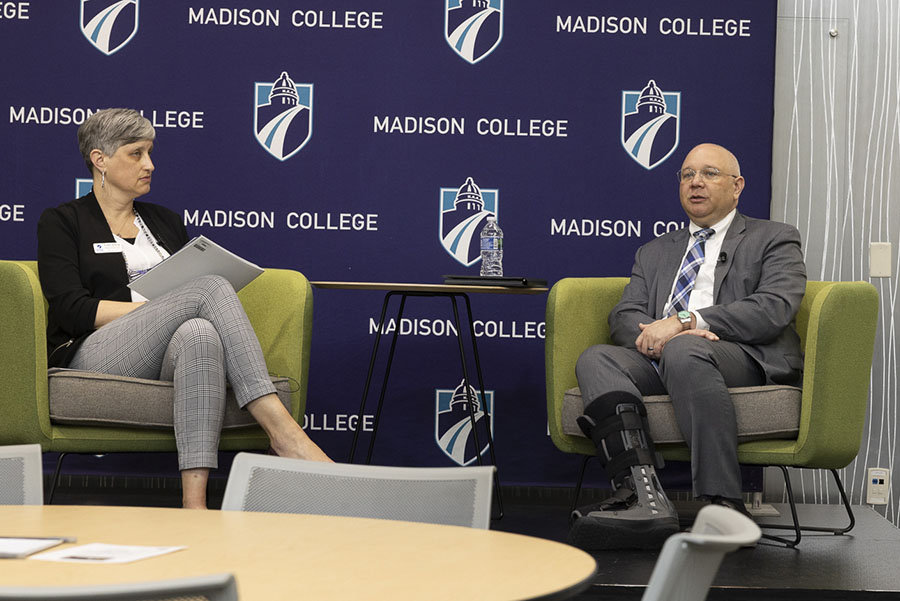High levels of student debt are having a profound effect on students and the economy. Nationally, student loan debt tops one trillion dollars surpassing credit card debt. The Institute for One Wisconsin recently released a study on the economic impact of student loan debt.
Scott Ross, Executive Director of One Wisconsin says, “student loan debt affects all students, including technical college students. The loss of economic power to buy goods and services, like homes and new cars, are devastating on technical college students and the industries they serve or are getting the skills to work in. Not to mention, the debt they are taking on to get their education.”
According to the One Wisconsin’s analysis of a detailed financial survey of nearly 2,700 Wisconsin residents across income and age levels, over one-third of persons with bachelors or advanced degrees were making student loan payments.
The Institute’s research further reported that an average monthly student loan payment is $350 for an individual with a bachelor’s degree and $448 for someone with a graduate or professional degree, both lasting nearly 19 years. Someone with a graduate or professional degree has an average monthly payment of nearly 19 years. Individuals paying on a student loan are more than twice as likely to purchase a used automobile versus new, reducing new vehicle spending in Wisconsin by over $200 million. Middle class households with student loan debt are overwhelmingly more likely to rent than own a home.
Although community college generally costs much less than a 4-year institution, Madison College students are not immune to the impact of the cost of higher education. The burden of taking on debt to cover the expense of higher education postponed Madison College student Sean Fitzgerald’s enrollment for over five years. Although he is still concerned about finances, he enrolled in the liberal arts transfer program.
“It has been a hard decision for me because I don’t know how I will pay off my student debt. The degree gives me a way towards a higher paying career but I am feeling nervous about paying it off,” Fitzgerald said.
Average tuition rates have increased 600 percent since 1980, far outpacing income and wage growth, and creating an increased reliance on student loans. As more students took out loans, federal bankruptcy laws were changed so that student debt could no longer be written off and provided increased debt collection powers to the lending industry.
In addition, federal legislation was passed to encourage student loan debt consolidations, increasing the length of indebtedness and increasing the total amount paid to retire the loan. For example, in the year 2000 if someone consolidated their student loans, their interest rate could be almost 8%; had they waited a year, the rate was under 2%. The rules only allow a student to refinance their student loans once.
“Laws were changed to tilt the system against borrowers, and rising tuition continues to force more and more people into the vicious cycle of student loan debt. College used to be the path to the middle class and a prosperous future. But our research shows we are in danger of reducing middle class college graduates to indentured servitude to lenders, renting instead of owning a home and deferring new vehicle purchases, all to the detriment of Wisconsin’s economy,” Ross said.
Ross noted that some steps have been taken to undo the law changes adopted in the mid and late 1990s.
“Millions of dollars are being taken from Wisconsin residents and businesses because of student loan debt. If we want a stronger economy today and a brighter future for our children, we can no longer afford to ignore this crisis and the policies that helped create it.”
The Institute’s complete findings on student loan debt are available at www.onewisconsin.org.


























